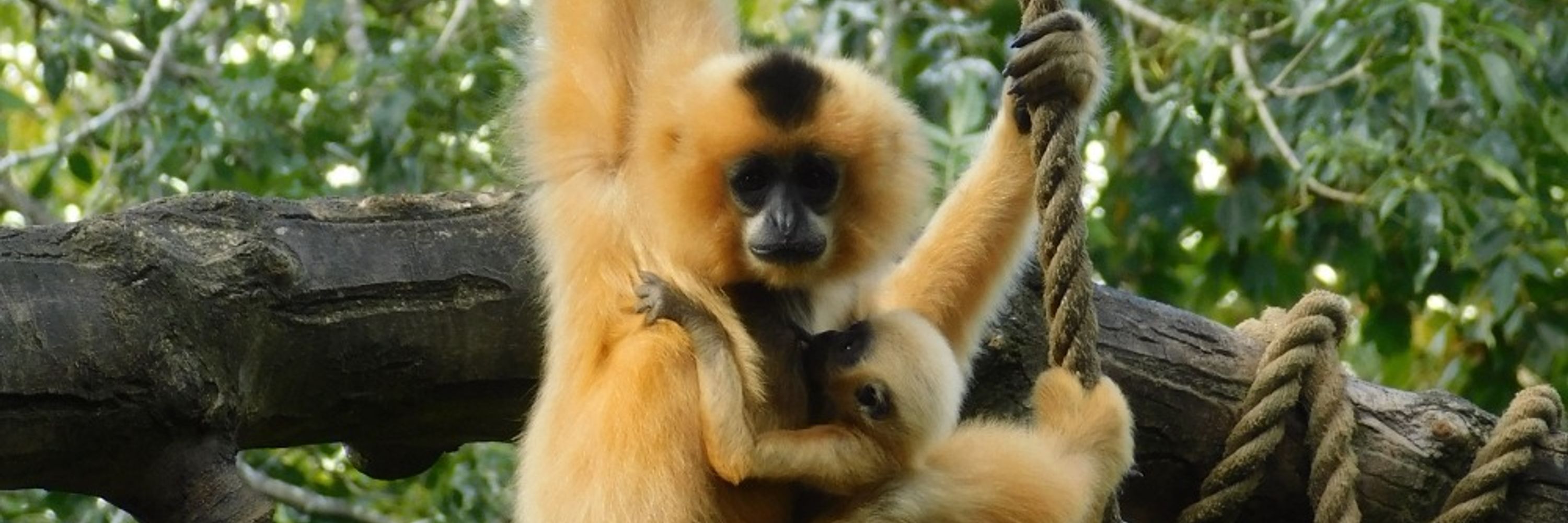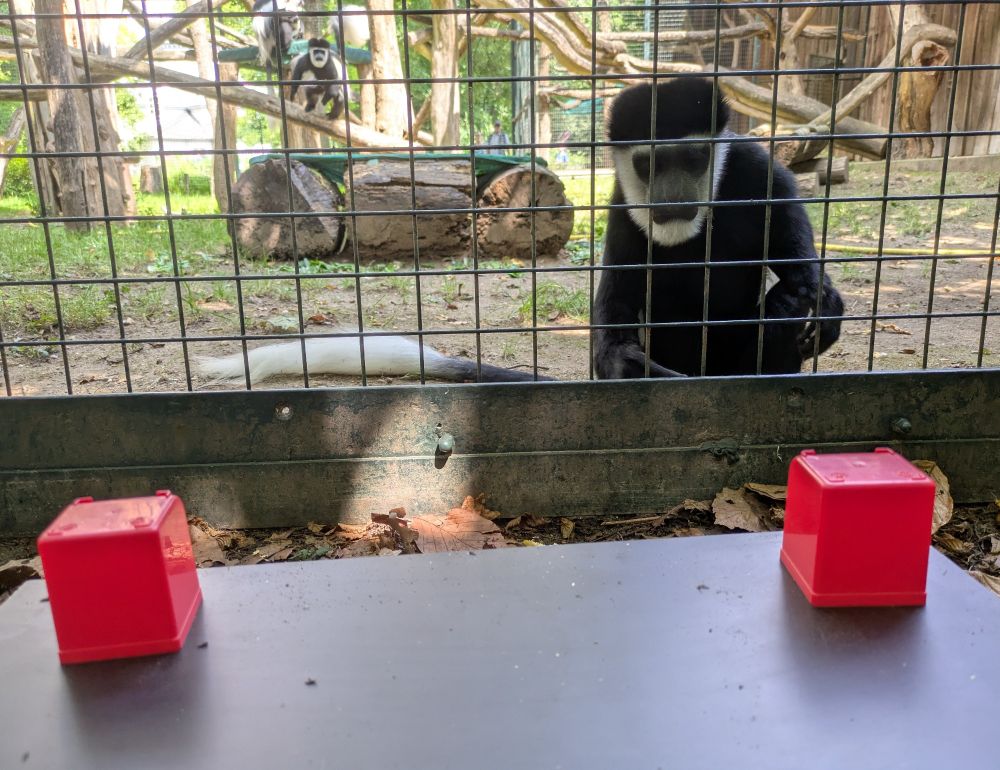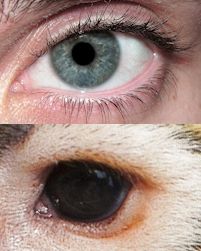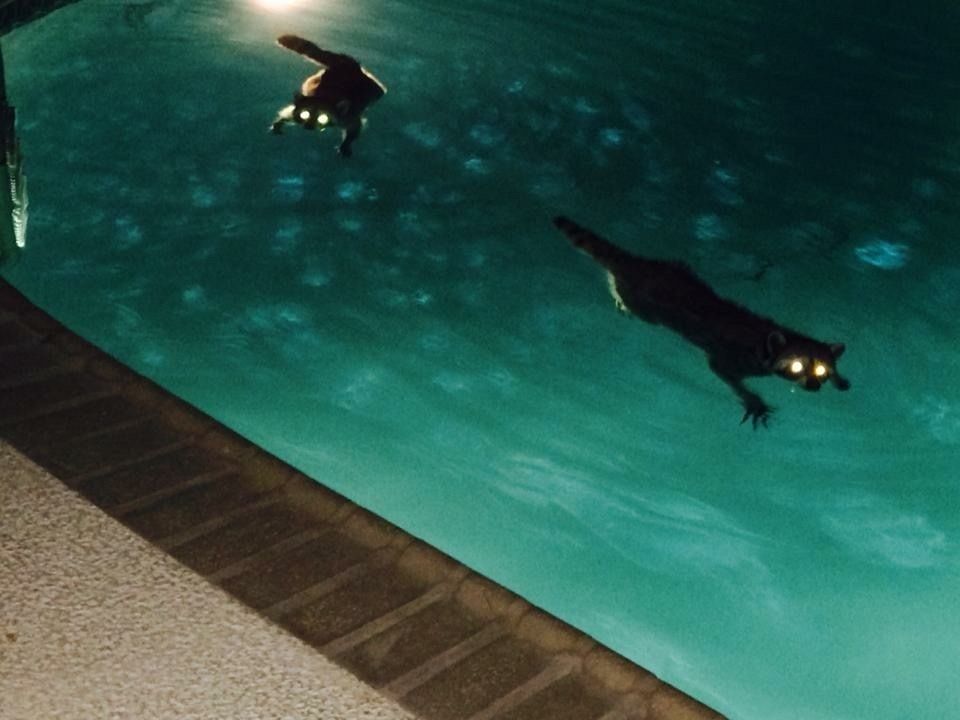


The individual shown in the article (Polly) actually features in our study - which you can find here:
link.springer.com/article/10.1...

The individual shown in the article (Polly) actually features in our study - which you can find here:
link.springer.com/article/10.1...




Icons.

Icons.
#neuroskyence 🧪

#neuroskyence 🧪

It's a start - but ManyPrimates needs more colobines (and gibbons) for fair representation!

It's a start - but ManyPrimates needs more colobines (and gibbons) for fair representation!
www.nature.com/articles/s42...

www.nature.com/articles/s42...


Only today I noticed that the dorsal spines of the Edaphosaurus are not depicted to support a sail here.



Only today I noticed that the dorsal spines of the Edaphosaurus are not depicted to support a sail here.





onlinelibrary.wiley.com/doi/10.1111/...

onlinelibrary.wiley.com/doi/10.1111/...




doi.org/10.1016/j.be...

doi.org/10.1016/j.be...
Comment
authors.elsevier.com/a/1kyOl1LenM...
Video
www.youtube.com/watch?v=72yf...

Comment
authors.elsevier.com/a/1kyOl1LenM...
Video
www.youtube.com/watch?v=72yf...

www.inaturalist.org/observations...

www.inaturalist.org/observations...


